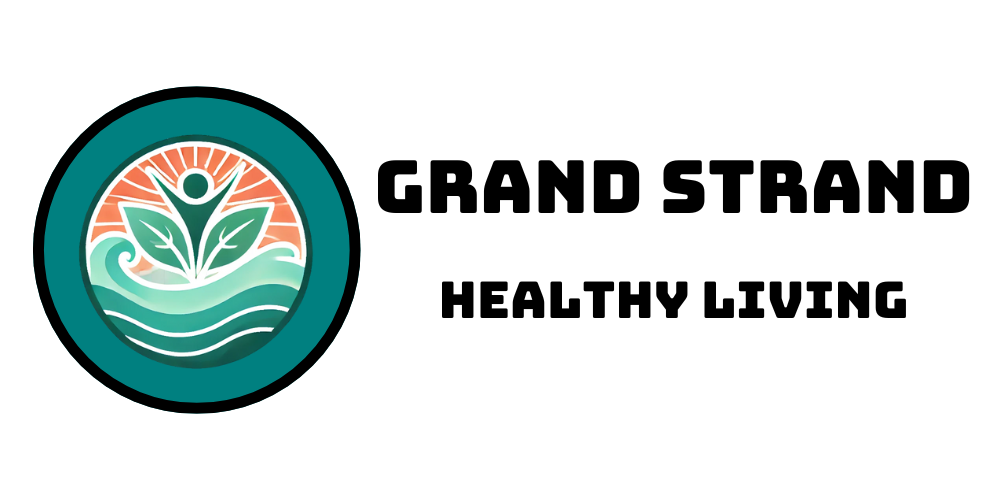
The Link Between Medical Conditions and Depression
Understanding the interplay between physical health and mental well-being is crucial, especially in the context of major depressive disorder (MDD). This condition, which significantly impacts daily functioning, is on track to become a leading contributor to life-years lost, as projected by the World Health Organization. A recent study conducted by researchers in Denmark sheds light on how a medical diagnosis can precipitate major depression, particularly among vulnerable populations.
Study Overview: Key Findings
Sigvarden et al. (2025) explored a vast cohort of over six million individuals in Denmark, marking a significant foray into the correlation between various medical conditions and the development of MDD. Notably, 32.4% of the subjects were diagnosed with a medical condition during the study period, while 17% were diagnosed with major depressive disorder. The results reveal that individuals with medical diagnoses are 2.26 times more likely to develop depression, particularly within the first month of diagnosis. This heightened risk is critical for health professionals and communities to consider when addressing the needs of patients diagnosed with chronic illnesses.
Understanding Hazards: Who is Most Affected?
The study delineates specific medical categories that carry varying risks for depression. Conditions affecting the circulatory, endocrine, and neurological systems showed particular associations with increased depressive symptoms. Not only do factors such as age and previous hospitalization influence these outcomes, but individuals aged 60 and older face a staggering hazard ratio of 9.04, highlighting a pressing need for targeted mental health support in this demographic.
Why is This Knowledge Important?
For residents of the Grand Strand in South Carolina, particularly those who prioritize healthy lifestyles, understanding the mental health implications of medical diagnoses is pivotal. With the region’s aging population, the need for awareness surrounding the mental health risks associated with chronic illness could guide supportive community initiatives. Early intervention strategies can profoundly impact quality of life, reducing the risk of developing MDD.
Breaking Down Barriers: Addressing Mental Health
Communities can start tackling this issue by promoting mental health awareness and offering resources for individuals facing chronic medical conditions. Health practitioners should embrace a holistic approach that combines physical and mental health strategies, fostering environments where patients feel empowered to discuss their mental wellness as part of their overall health management.
Future Predictions: The Need for Action
With the prevalence of major depressive disorder on the rise, proactive measures must be taken to combat this mental health crisis. Community leaders and health advocates are encouraged to explore methods for integrating mental health services within primary care facilities. By championing initiatives aimed at raising awareness and reducing stigma, we can create a more supportive environment for all individuals at risk.
Conclusion: Empowering Communities for Better Health
As we strive for a healthier community in the Grand Strand area, staying informed about the connections between physical health and mental well-being is essential. Understanding how medical diagnoses correlate with depression can empower individuals and families to seek help and advocate for comprehensive care. Let us embrace the challenge and work together to improve mental health outcomes for everyone.
 Add Row
Add Row  Add
Add 





Write A Comment